Best cellular trail cameras: camera traps that send images to your phone
Monitor and shoot wildlife without being there in person, using the best cellular trail cameras
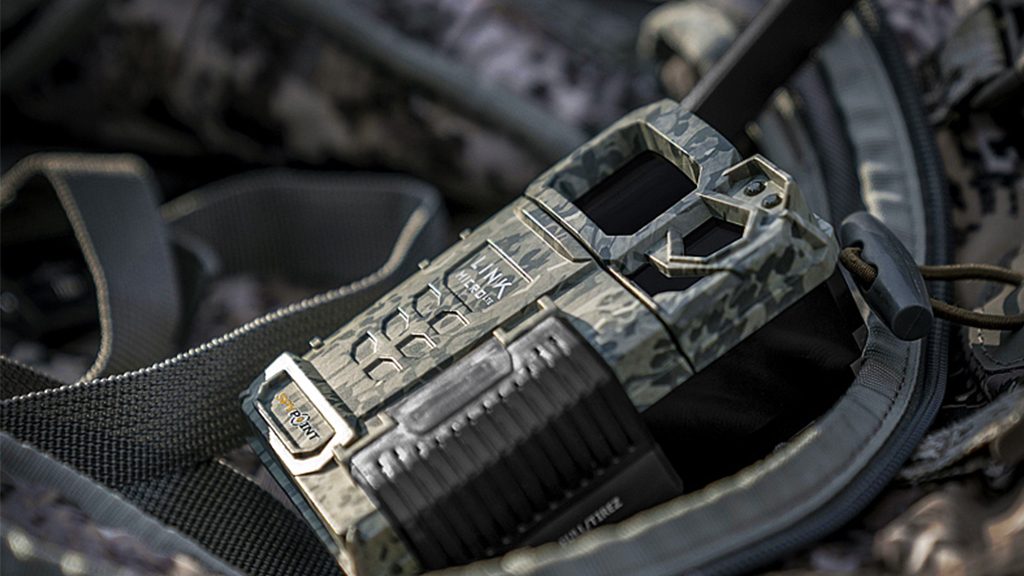
The best cellular trail cameras enable you to monitor wildlife at a distance, via your smartphone. Also known as camera traps, you can place these small cameras in a natural environment and they'll capture animals as they pass.
Cellular trail cameras help you to see animals behaving naturally, and get photos of shy wildlife that would otherwise be scared off. If you're a wildlife photographer trying to determine whether it's worthwhile setting up your full cameras for wildlife, scouting locations first with a trail camera is a great idea.
The best cellular trail cameras are similar to the best trail cameras, which allow you to pop in a SIM card. But rather than having to wait until you fetch the camera to see the images, you can upload them immediately to a cellular network. This can be truly game-changing for wildlife and nature photographers as well as huntsmen.
Some cameras come bundled with a SIM and a no-contract plan, so you don't have to stick with your regular phone network. Most, though, will require some kind of monthly financial commitment if you want to access images remotely.
Below, we list the best cellular trail cameras available today, at a range of budgets. And we'll give you all the information you need to choose the right one.
Top picks
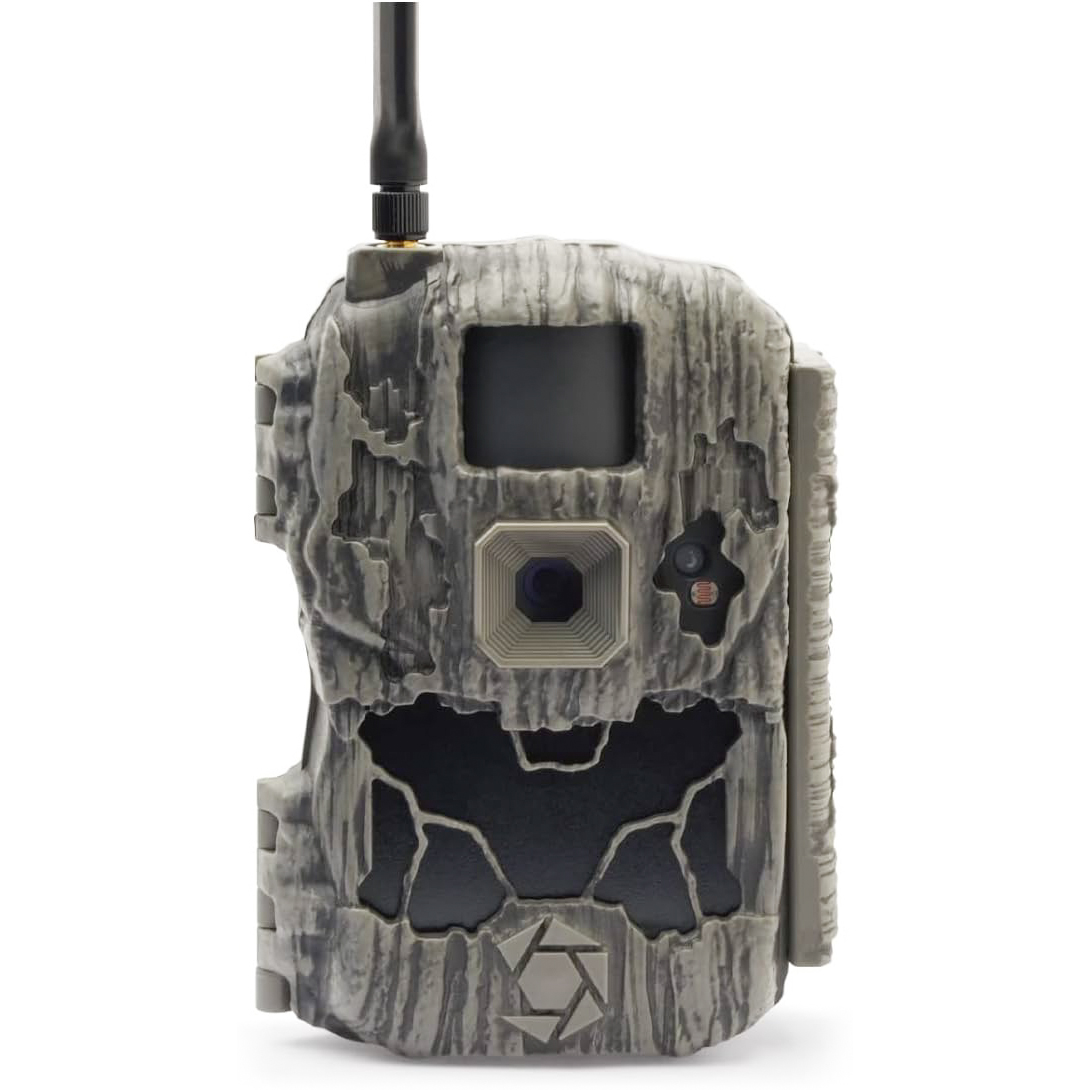
Many cellular trail cameras just don't record video. But the DS4K Transmit will record 4K color video to the memory card, and send you a low-res GIF to your phone. There is 32MP still too - and it can switch between Verizon and AT&T to find the best signal. Read more below
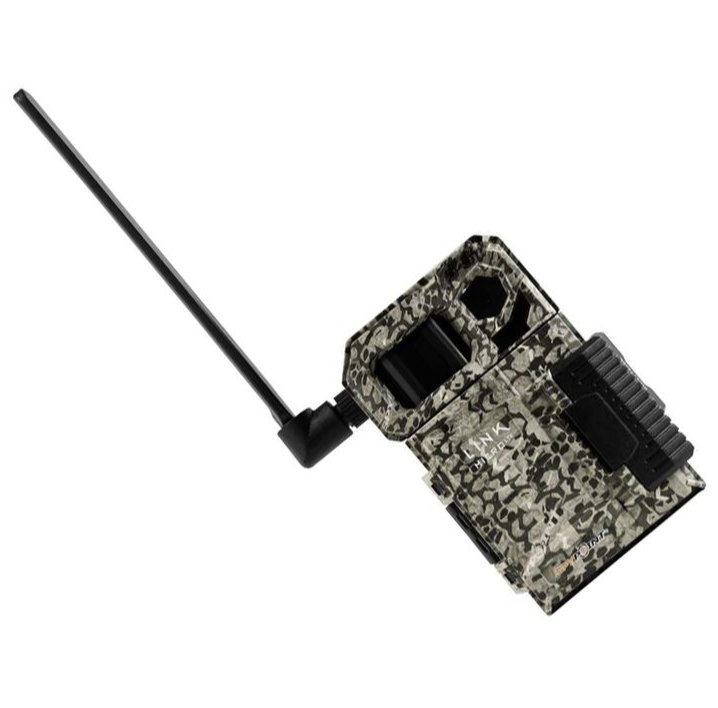
At a significantly lower price point than others, the Link-Micro-LTE is a device well-suited for those who want to get several lenses in the same area and keep an eye on the movements of bigger animals, for research or game management. Read more below
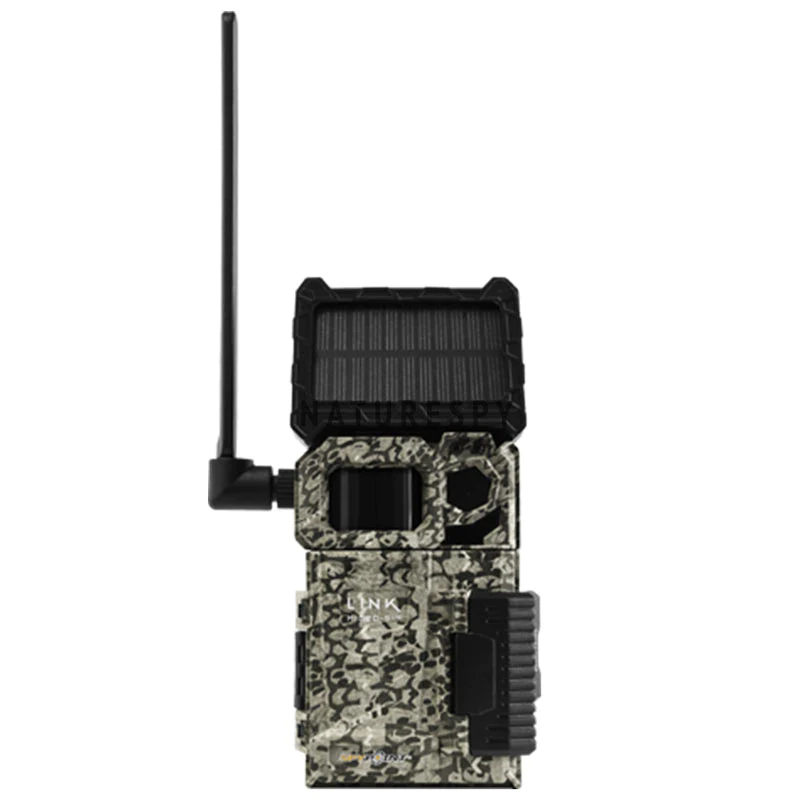
The Spypoint Link-Micro-S-LTE makes it easy to transmit photos of wildlife straight to your smartphone, moments being captured. The battery is long-lasting thanks to the solar panel, making it an independent trail camera you can leave alone for days while still enjoying the images it captures. Read more below
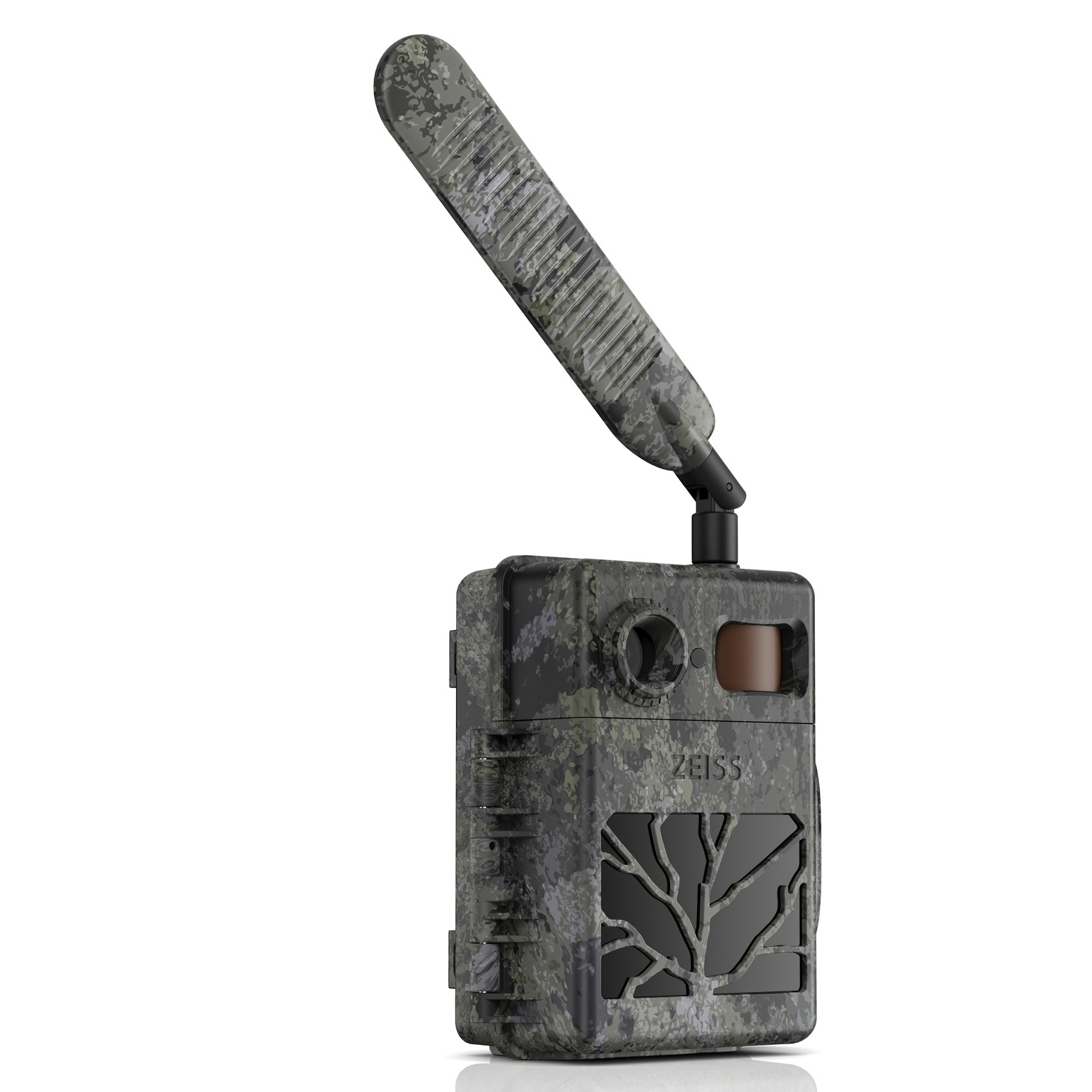
Only available in the UK or Europe at present, but it impresses with the ability to switch batteries without disturbing the camera, and have a large color LCD screen. And it records and transmits video too. Read more below
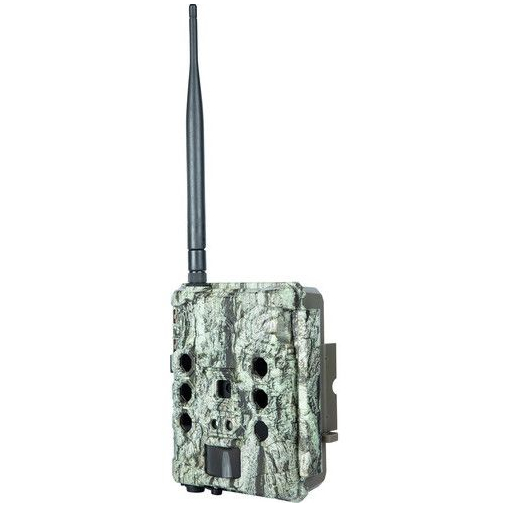
The CelluCORE 30 is a relatively new trail camera from Bushnell, upping resolution from the previous CelluCORE 20 to, you guessed it, 30MP. This automatically puts it streets ahead of the vast majority of other cellular trail cameras. Read more below
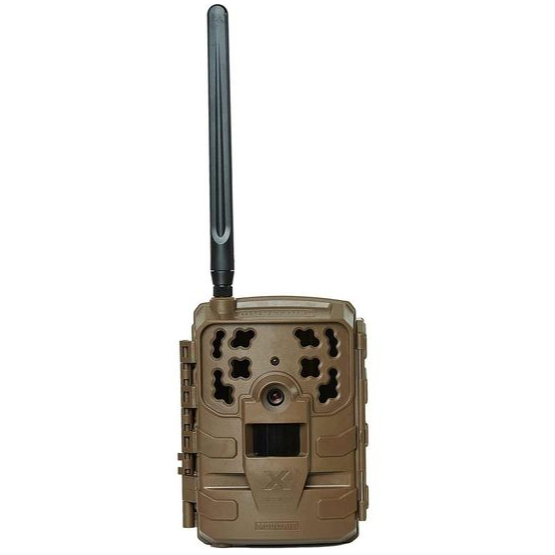
If you’re planning on running a cellular trail camera, you normally need to be prepared to pay extra for image storage (a cloud service) and, of course, for the cellular data account. Moultrie has adopted a different approach, offering those aspects within their power for no extra charge. Read more below

With over 20 years of expertise as a tech journalist, Adam brings a wealth of knowledge across a vast number of product categories, including trail cameras, home security cameras, NVR cameras, webcams… and, above all, drones.
Best cellular trail cameras
Why you can trust Digital Camera World
Best cellular trail camera overall
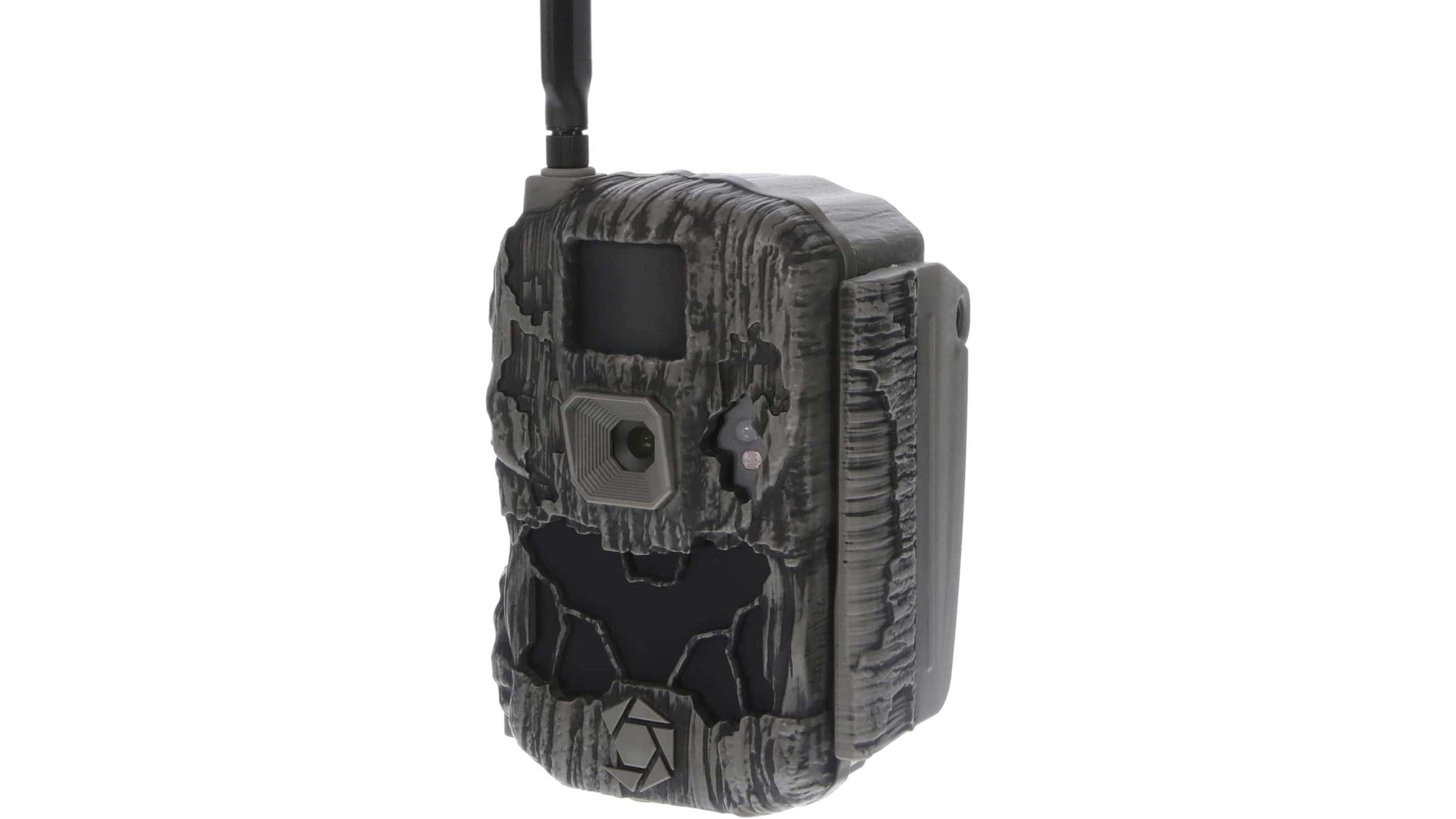
1. Stealthcam DS4K Transmit
Specifications
Reasons to buy
Reasons to avoid
The DS4K Transmit isn’t the cheapest trail camera, but it doesn’t disappoint in features either. Many cellular cameras take the view that 4K video is difficult to transmit by 4G/LTE connections, so the feature is left out entirely. Here the camera can still record them locally even if though it only sends 720P GIFs via its cellular connection. Previews can be seen in the Command Pro app on your cellphone, and images are stamped with time, date, and moon data.
Setup isn’t a painful process either; all that is required is a QR code scan and the following steps. The camera’s 32MP stills can be caught in a burst of 9 images per triggering, and the device houses 42 850nm LEDs. Placing it in a location for any length of time will need lithium batteries, and it’s worth remembering that the reliable sensing zone is closer to 60ft /20m).
Best budget cellular trail camera
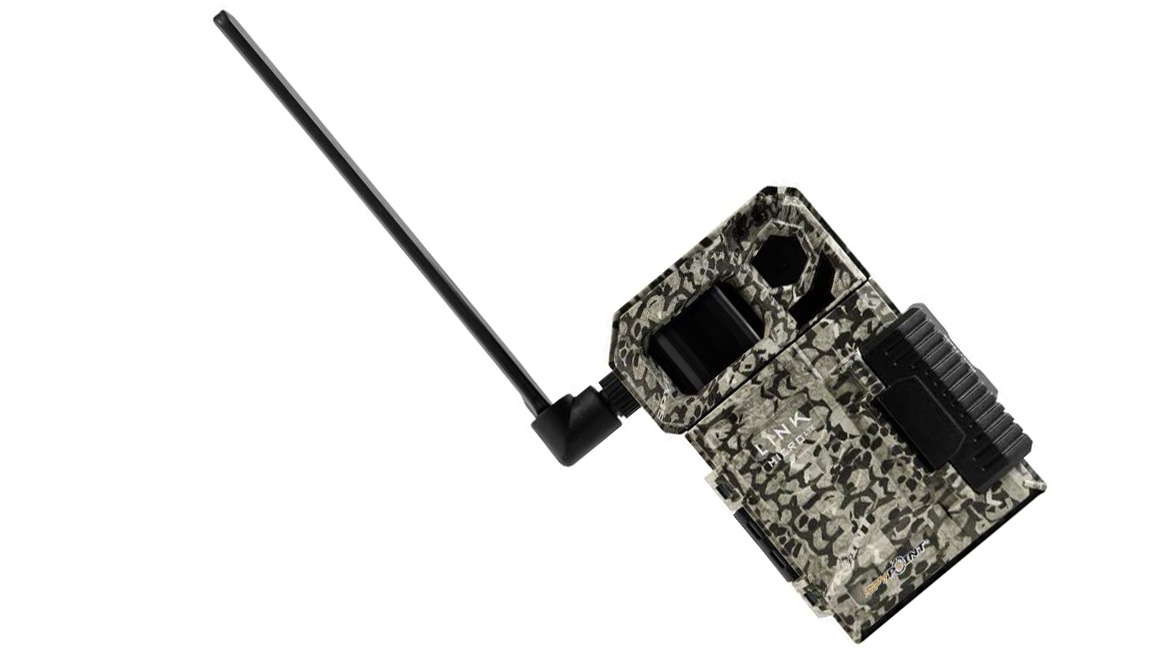
2. Spypoint Link Micro LTE
Specifications
Reasons to buy
Reasons to avoid
At a significantly lower price point than others, the Link-Micro-LTE is a device well-suited for those who want to get several lenses in the same area and keep an eye on the movements of bigger animals, for research or game management.
Spypoint’s app certainly doesn’t neglect location data coming from the cameras or taking advantage of other available data (like weather services) but ultimately this is just as suited for strapping around trees and sending back images via a 4G LTE network as the Link-S-Dark above. You’ll need to change the batteries more, though, and note that like the Spypoint Link-Micro-S-LTE you can't record video.
Best solar powered cellular trail camera
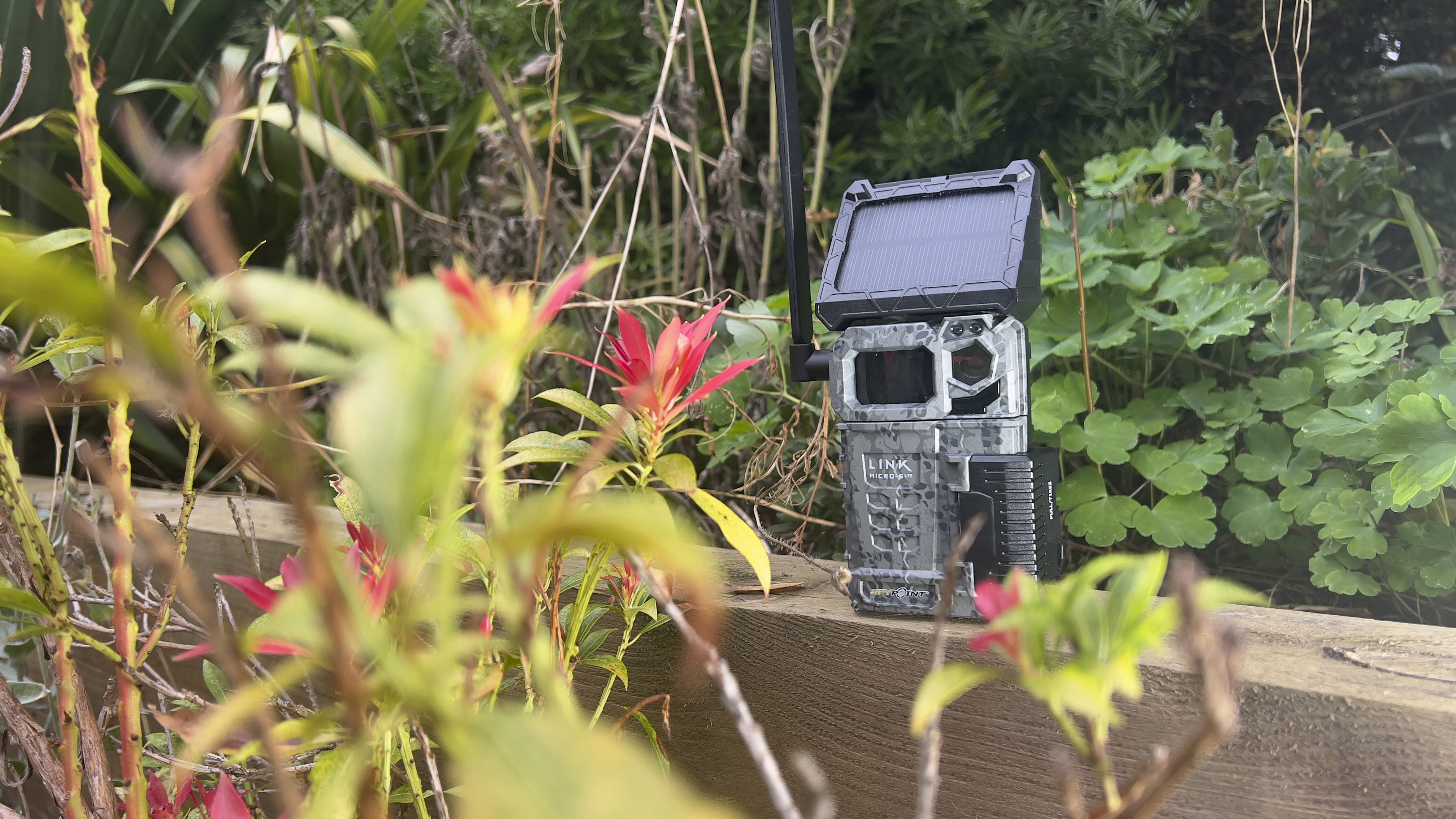
Specifications
Reasons to buy
Reasons to avoid
The Spypoint Link-Micro-S-LTE makes it easy to transmit photos of wildlife straight to your smartphone, moments being captured. The battery is long-lasting thanks to the solar panel, making it an independent trail camera you can leave alone for days while still enjoying the images it captures. You can also retrieve higher-resolution images from the camera’s memory card later.
With a 0.4-second trigger speed and 80-foot detection and flash range, this cellular trail camera offers good value for money. Like the Spypoint Link Micro LTE (number 6 on our list), the only major downside is that it doesn't capture video clips.
For more details, see read our full Spypoint Link-Micro-S-LTE review
Best for UK & Europe

Specifications
Reasons to buy
Reasons to avoid
Zeiss has a long heritage in optics, making binoculars, lenses, and spotting scopes, but has only just got into trail cameras - and this means, for the moment, its models are only available in the UK and Europe, although a US launch is planned. We tested out its flagship Secacam 7 model - which looks and feels chunky but is built like this for a reason. Its neat trick is that you can open the battery compartment without disturbing the camera - so there is no risk of you altering the framing. The eight batteries can changed quickly, as the whole cartridge can be swapped in and out.
Another great addition to the design is that it has a built-in color LCD screen - so you can review footage on-site and ensure that the framing is perfect as you set it up.
Stills capture is not as high a resolution as some other models - the sensor is just 5MP, but it can interpolate images up to 12MP. Video capture, however, is in color (or mono when using the infrared night mode) - and not only can this be captured in Full HD (1920x1440), but it can be transmitted over cellular networks at this resolution, too.
See our full Zeiss Secacam 7 review with sample images and video clips
Best for cost-efficient running
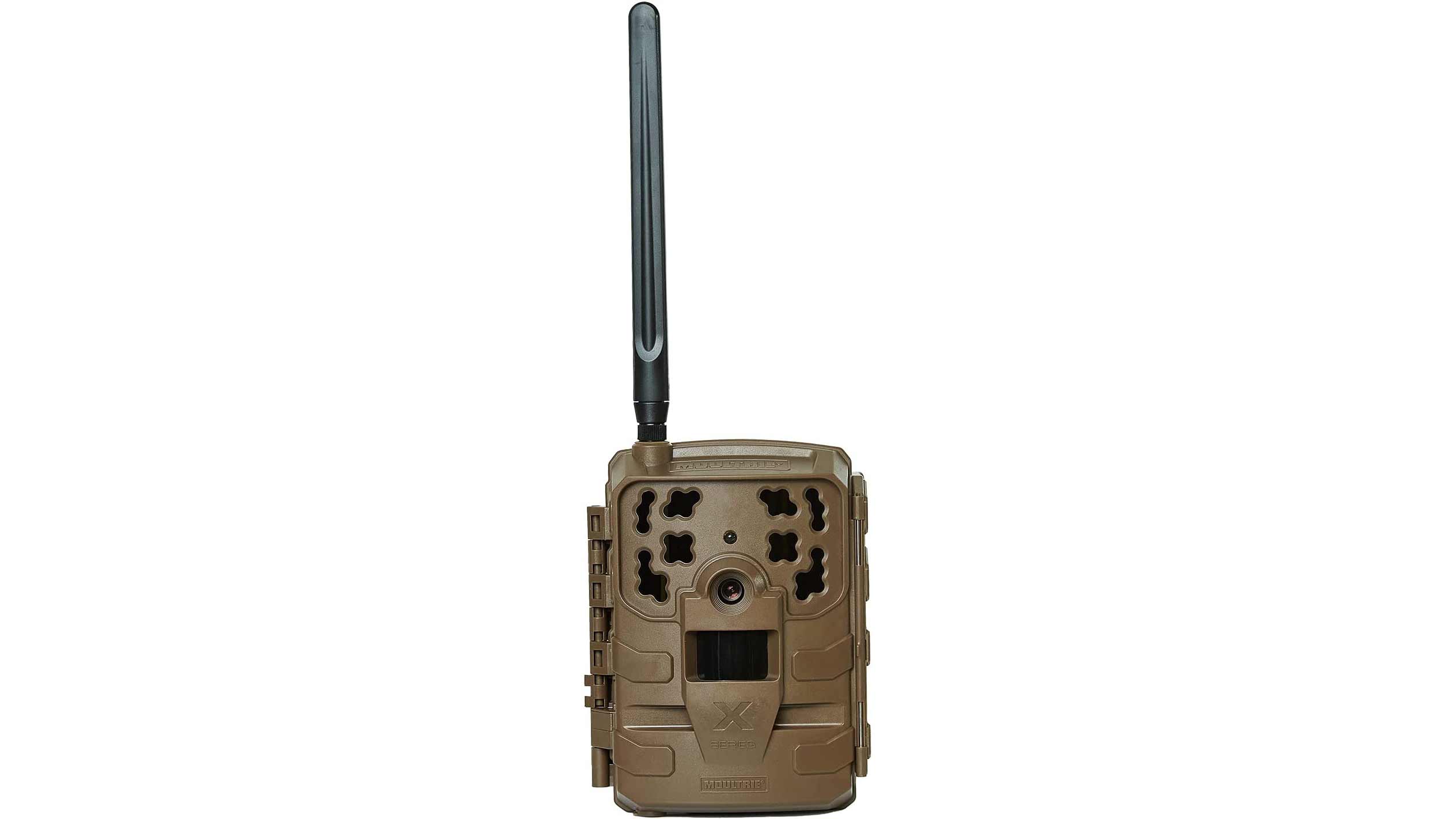
6. Moultrie Mobile Delta Base
Specifications
Reasons to buy
Reasons to avoid
If you’re planning on running a cellular trail camera, you normally need to be prepared to pay extra for image storage (a cloud service) and, of course, for the cellular data account. Moultrie has adopted a different approach, offering those aspects within their power for no extra charge. You’ll still need to fork out cellular coverage, but cloud storage and species recognition are bundled with the very reasonably priced camera.
With 24 megapixels and an adequate trigger speed of 0.7-sec, there is no real compromise on the core specifications either; HD video with audio is also recorded. Admittedly there isn’t a solar panel in the box, like the Spypoint Link Micro (another fine budget choice), but a solar accessory is available.
Best for batteries
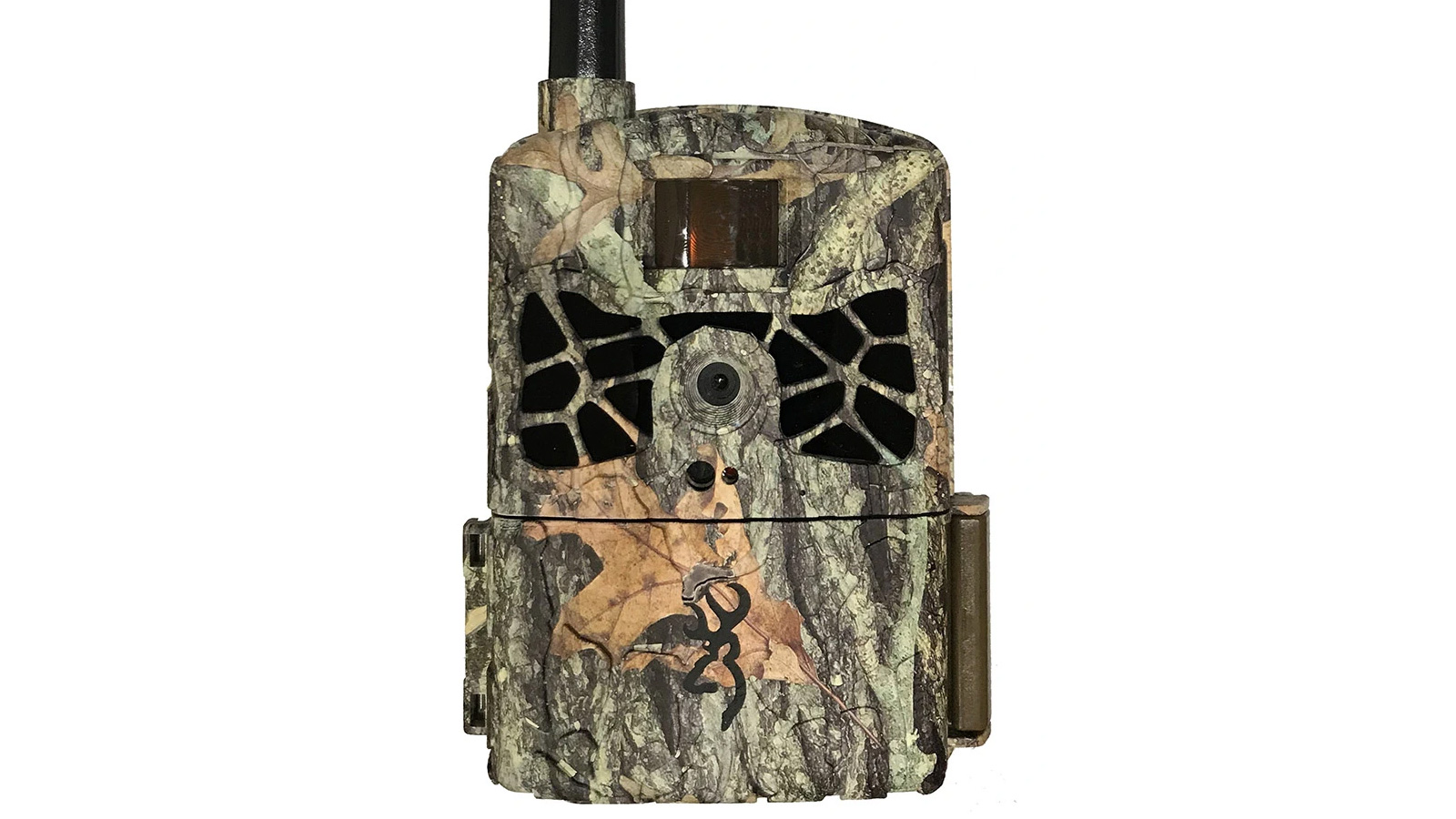
7. Browning Defender
Specifications
Reasons to buy
Reasons to avoid
Here's another great cellular trail camera, that offers a lot to like. Once the 16 batteries have been slotted into the back of this it forms a chunky unit, which means you can be confident that the power-hungry cellular radio circuitry will last a decent while. Open the door and the back-lit 4-way menu button and on-screen menu make setup straightforward. And of course, it also serves as a real viewfinder when positioning – ace.
Video enthusiasts will appreciate the system’s ability to monitor and keep recording subjects that keep moving while photographers will love the resolution compared to some of the more game-orientated options. Those operating in busier areas will appreciate the optional security box too.
Best cellular link for existing cameras
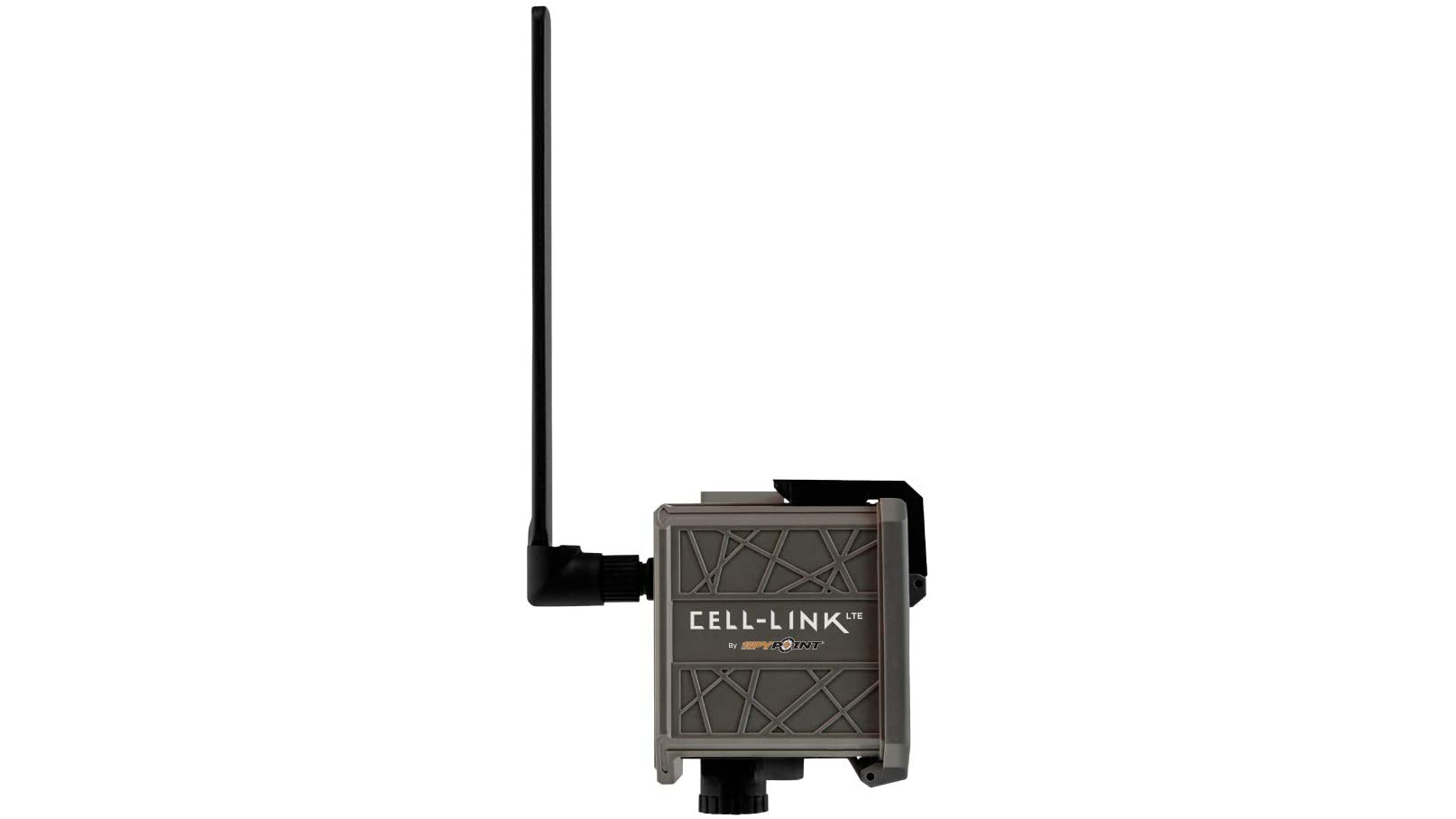
8. Spypoint CELL-LINK
Specifications
Reasons to buy
Reasons to avoid
This cube-like chunk is big enough to house eight AA cells and the 4G LTE tech to turn any existing trail camera into a cellular one.
Naturally, the manufacturers would prefer your original was a Spypoint too, but they’re not picky. In theory, at least any camera which uses an SD card – and that seems to be most – should do the trick. An SD-like adapter at the end of a flat cable must be negotiated through the weatherproofing of your original device and inserted into the SD slot
Best alternative
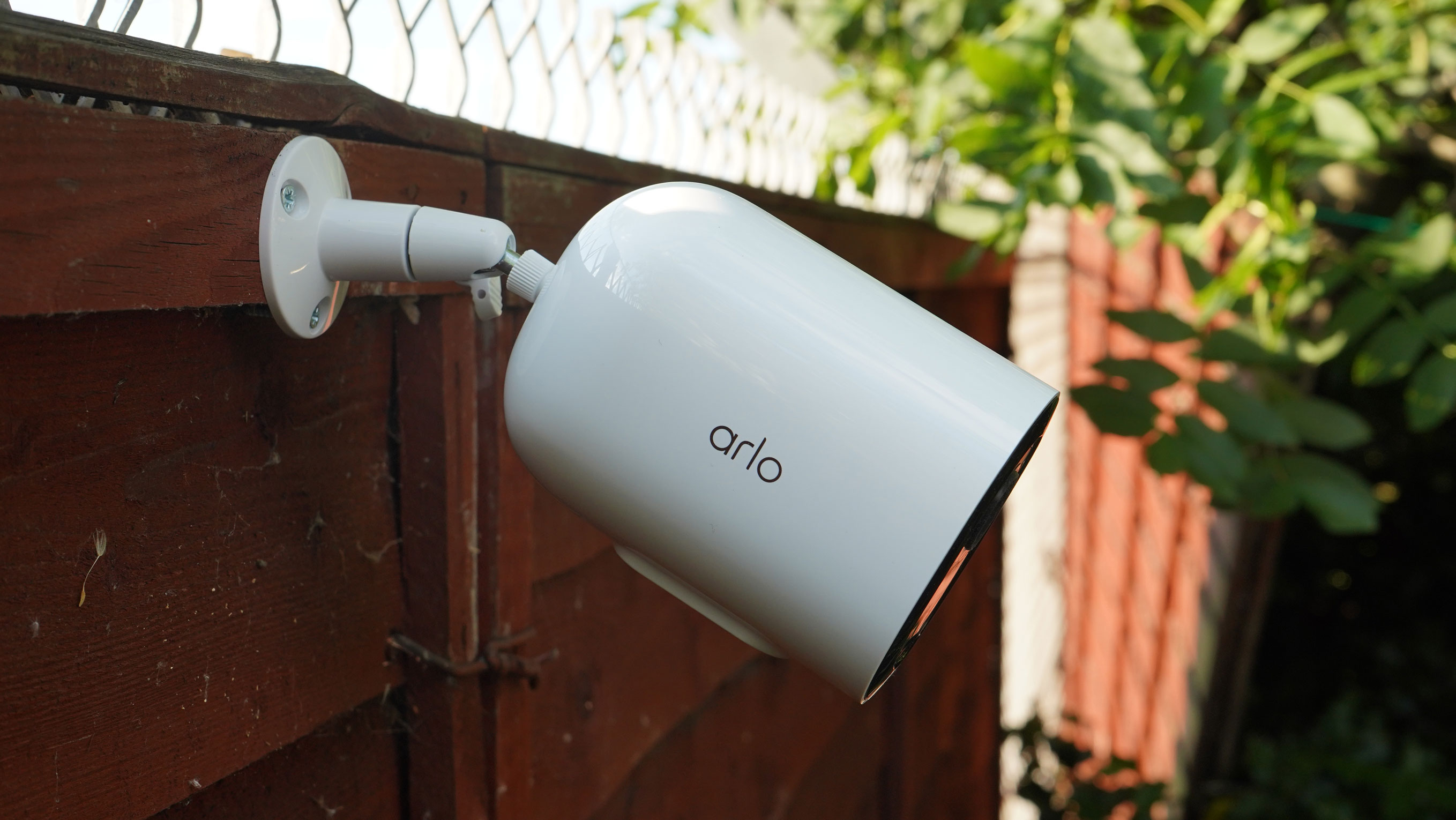
Specifications
Reasons to buy
Reasons to avoid
It's not specifically designed for wildlife watching, but the Arlo Go 2 is a cellular security camera that will certainly spot animals wandering near it. It can connect to Arlo’s remote monitoring software (app or web tool) and is easy to view events and initiate two-way talk. Settings can also be changed remotely, for example switching from black and white night vision to illuminating subjects with its floodlight. The battery life is lower than most of the dedicated cameras, though it can be charged via a magnetic connector from below and a solar adaptor is available.
As we said, this might not a trail camera as such, but if your trail and your hunter’s cabin need remote monitoring for security as well as animals, then there is much to be said for this approach.
For more details, read our full Arlo Go 2 review
If you want to spot wildlife, you might also like the best binoculars, the best portable hides for wildlife photography and the best night vision goggles. These are the best spotting scopes and the best monoculars.
Best solar powered cellular trail camera
Get the Digital Camera World Newsletter
The best camera deals, reviews, product advice, and unmissable photography news, direct to your inbox!

With over 20 years of expertise as a tech journalist, Adam brings a wealth of knowledge across a vast number of product categories, including timelapse cameras, home security cameras, NVR cameras, photography books, webcams, 3D printers and 3D scanners, borescopes, radar detectors… and, above all, drones.
Adam is our resident expert on all aspects of camera drones and drone photography, from buying guides on the best choices for aerial photographers of all ability levels to the latest rules and regulations on piloting drones.
He is the author of a number of books including The Complete Guide to Drones, The Smart Smart Home Handbook, 101 Tips for DSLR Video and The Drone Pilot's Handbook.
- Lauren ScottFreelance contributor/former Managing Editor
